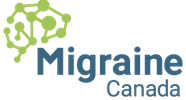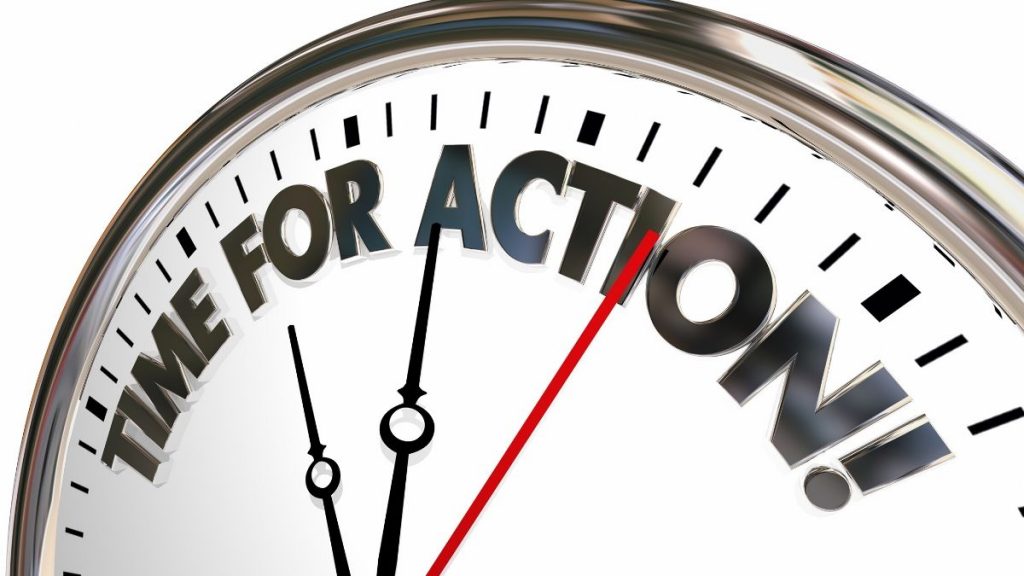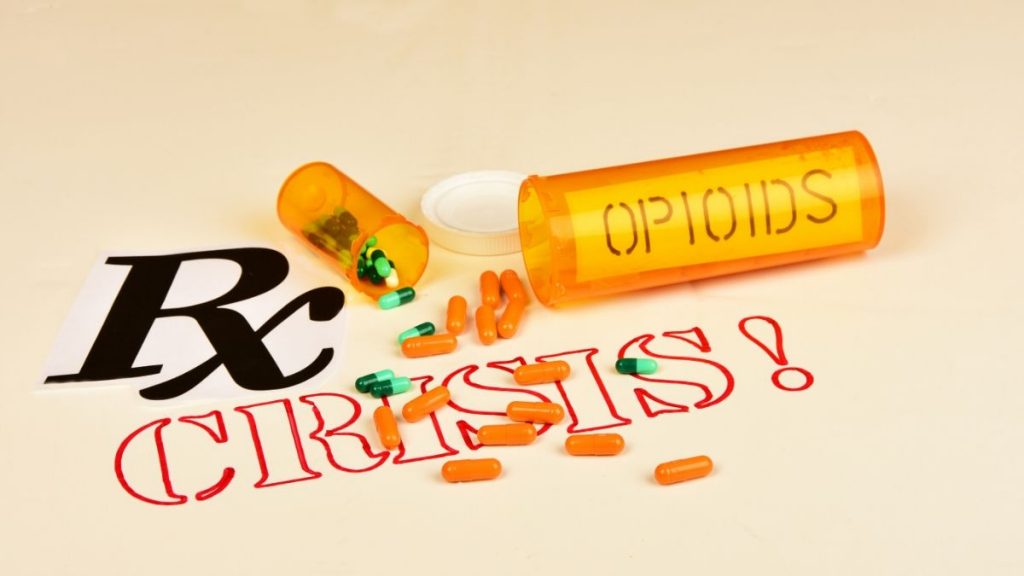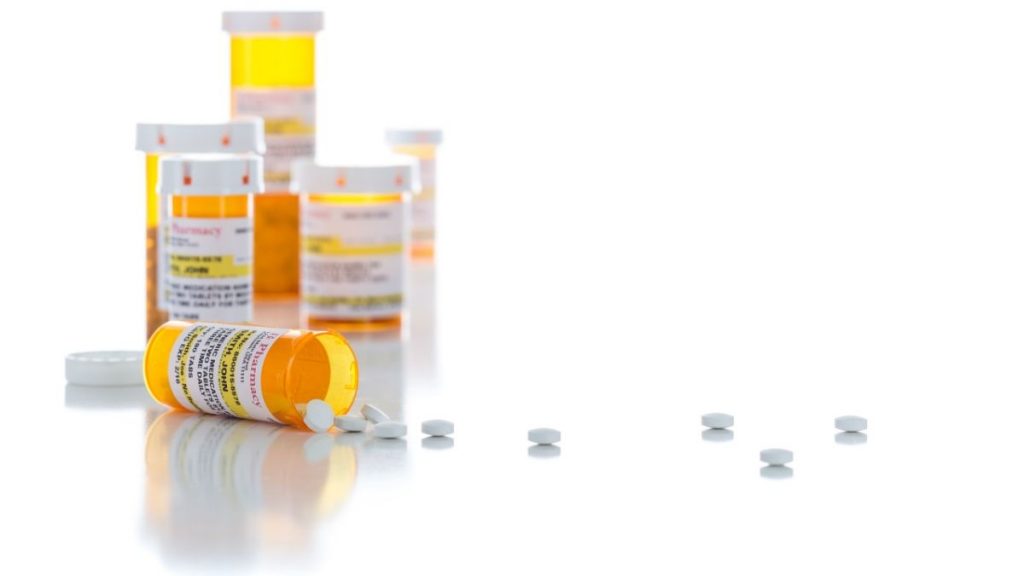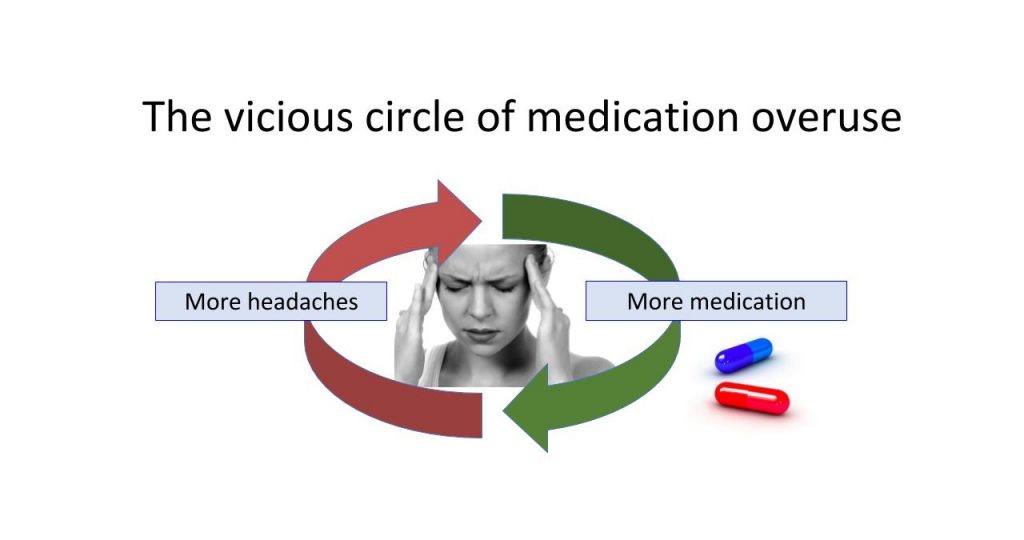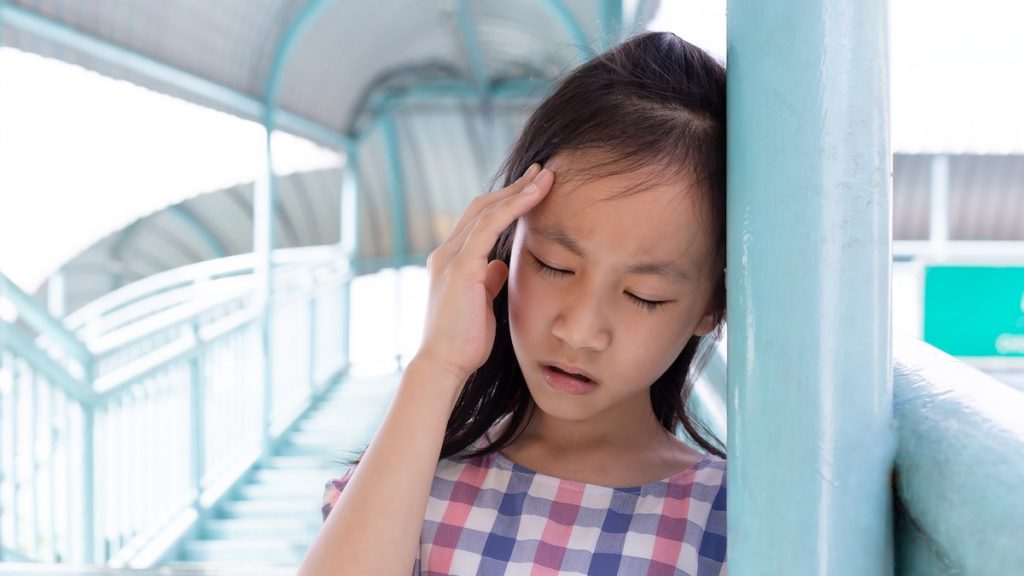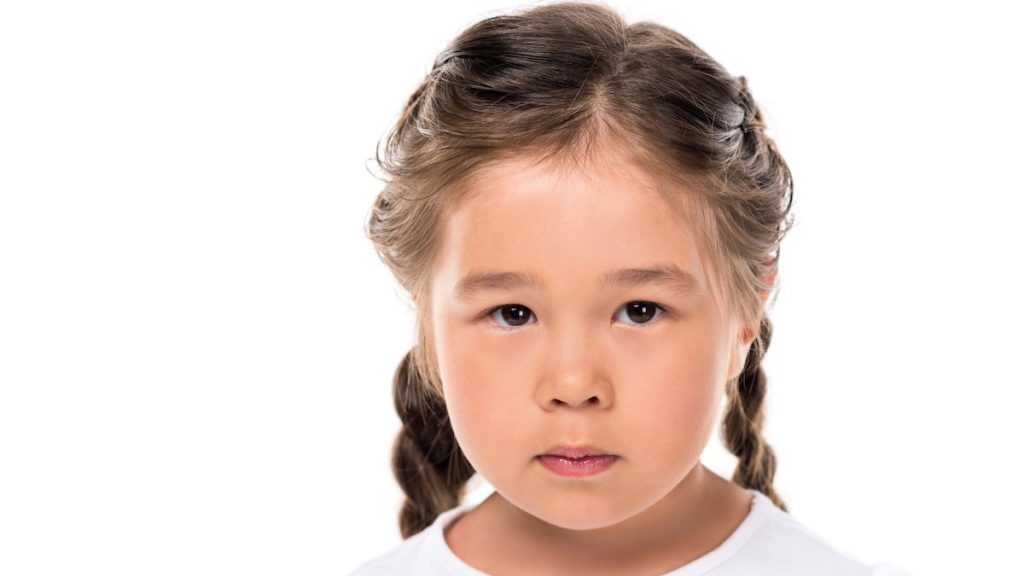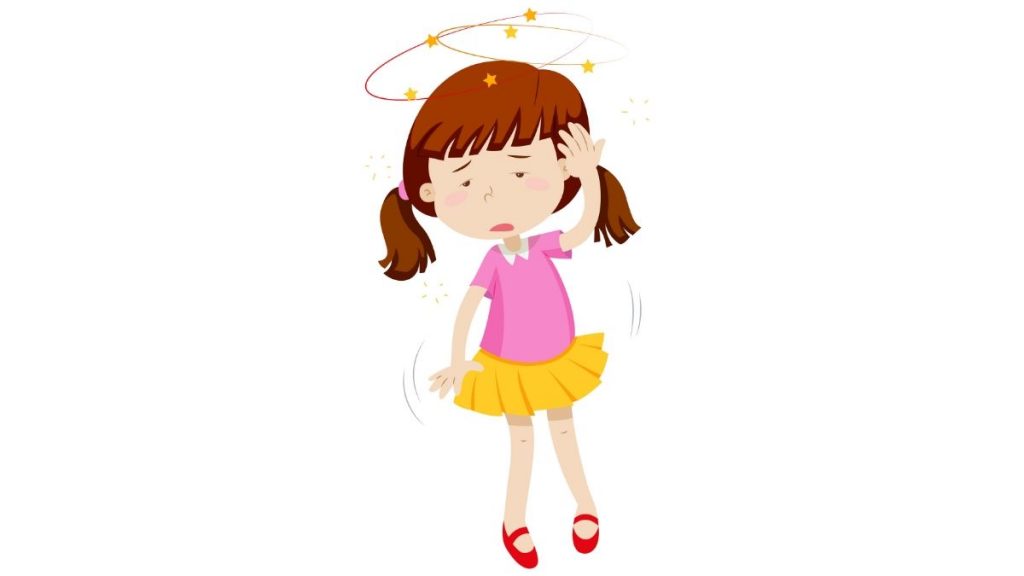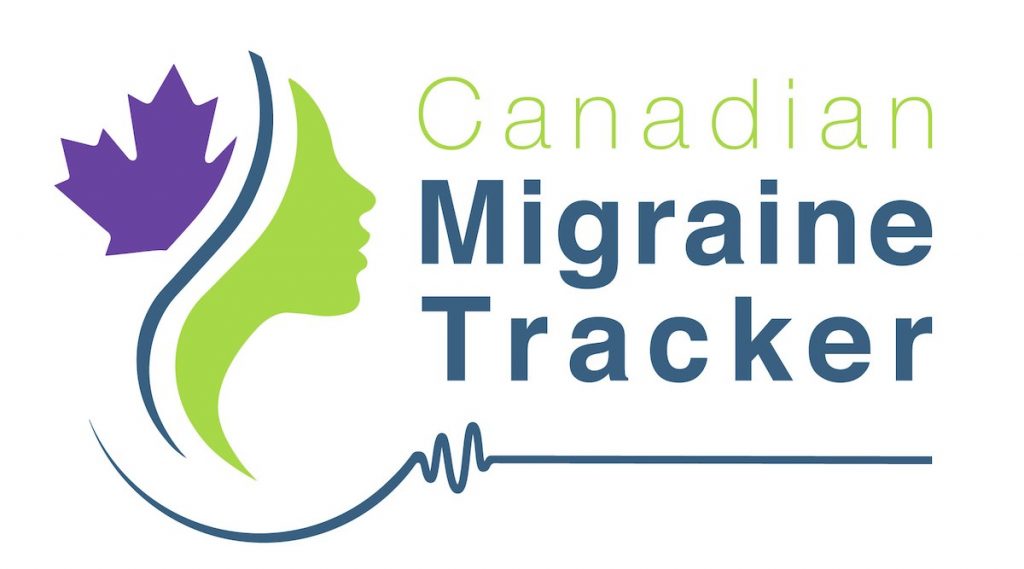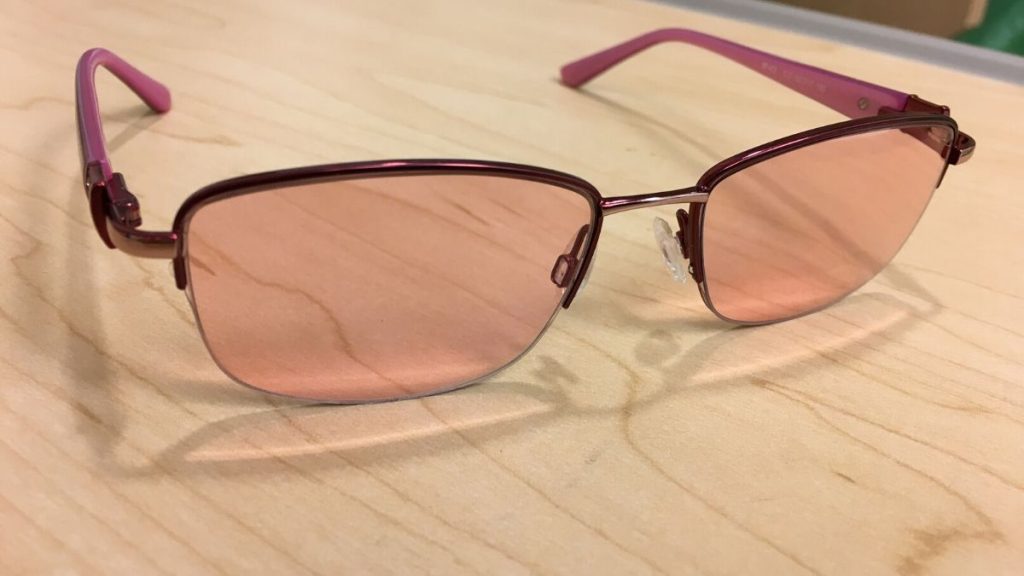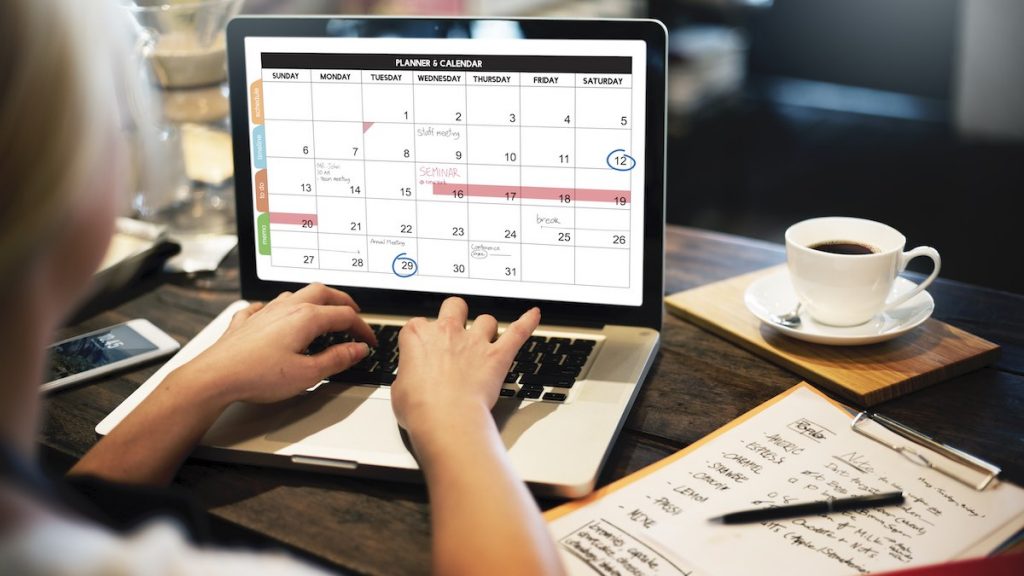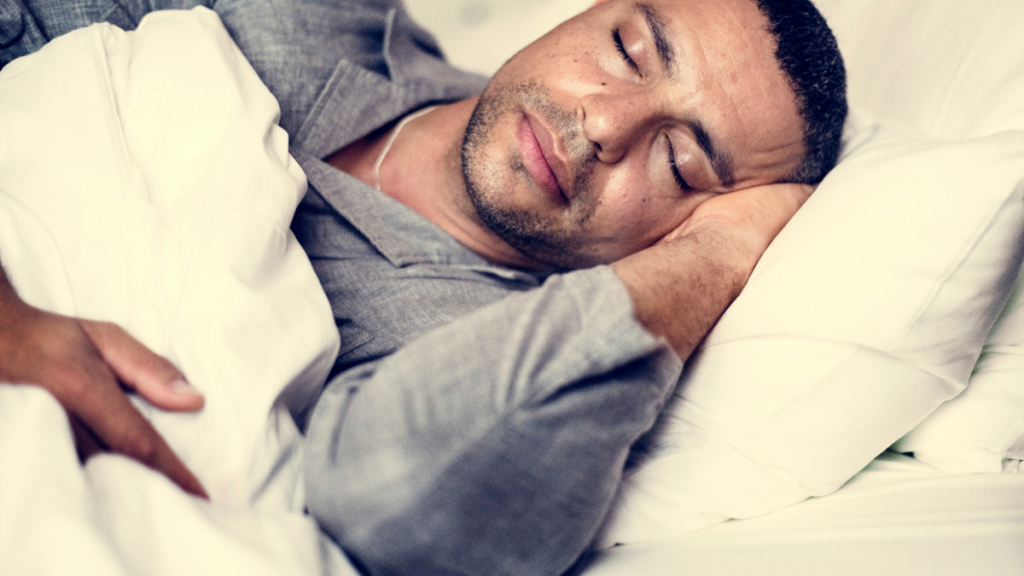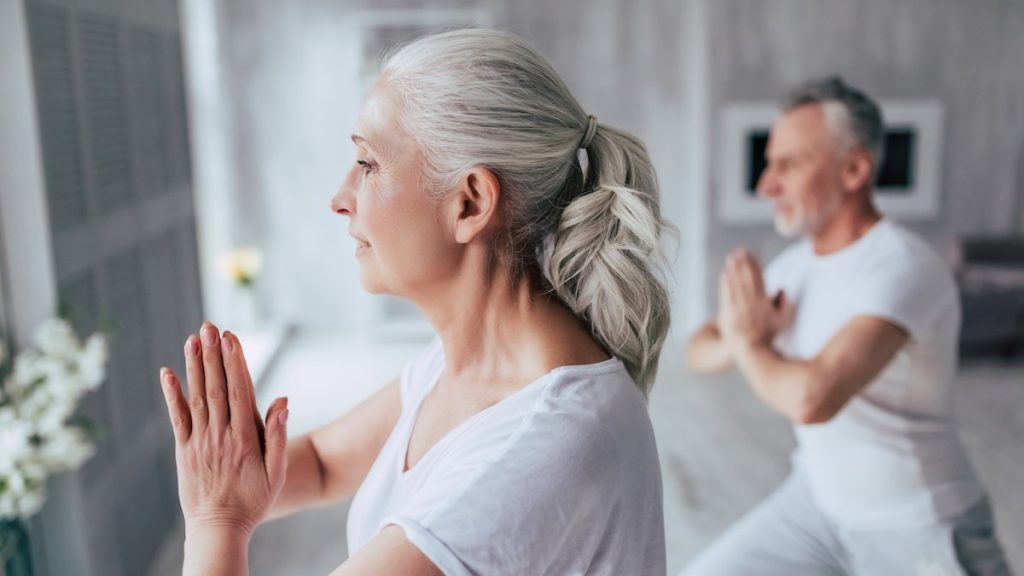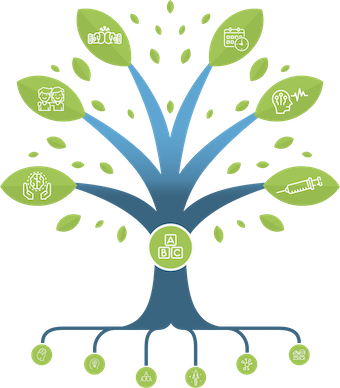The Treating Early Principle
My doctor prescribed me medications to treat my migraine attacks…but they don’t work! Sounds familiar? You may be treating your attacks too late. I have been told to wait until my pain is severe to take my meds. Isn’t that the right thing to do? No, it’s…
Opioids and migraine: AVOID!
What are opioids? Opioids are painkillers. They act on natural morphine receptors in the brain. Opium, extracted from the poppy plant, is a natural opioid. There are many different synthetic opioids. Name Brand Equivalent of morphine dose Morphine Statex 1 Codeine Empracet (with acetaminophen) 0.15 Oxycodone…
Medication Overuse Headache: tips to organize a successful withdrawal
Addressing medication overuse is one of the most important decisions on your headache journey. Managing medication-overuse headache is not easy, but if there is a suspicion that overuse plays a role in the chronic headache problem, it must be done. Here are a few facts…
Medication-overuse headache: what is it and why is it happening?
If you have frequent migraine attacks, you will want to treat them frequently with acute meds. That makes sense. The problem is that this regular use of acute medication will provide short-term relief but can make your brain even more prone to headaches in the…
List of acute treatments
The medications discussed here are the migraine medications which are used to treat individual migraine attacks (See this post). They can be divided into broad categories: Analgesics, NSAIDs, Triptans, ergot derivatives, Gepants, Anti-emetics, Cannabinoids and Opioids. ** We included cannabinoids since people are interested in them, but…
How to use acute treatments for migraine attacks
What are acute treatments for migraine? Acute treatments are medications to help you to break a migraine attack, not to prevent one. These medications are taken as needed when a migraine starts. They are different from preventive treatments, taken regularly to decrease the frequency of migraines (See…
I have severe attacks, and sometimes I throw up…what can I do?
Many migraine patients will have nausea with at least some attacks, and some will vomit. Vomiting, especially if it occurs early in the migraine attack, can be a problem because if the patient throws up their medication before it is absorbed into the body, it obviously will…
Vestibular migraine in children
What is vestibular migraine? Vestibular migraine is the second most common cause of vertigo in children occurring between 6 and 12 years of age more frequently in girls .Children with this syndrome complain of attacks of “vestibular” symptoms including false sensation of self-motion, false sensation…
Alternating hemiplegia of childhood
What is alternating hemiplegia of childhood? Alternating hemiplegia of childhood (AHC) is a rare condition with repeated bouts of weakness or paralysis that may affect one side of the body or the other or both sides of the body at once lasting for minutes to…
Benign Paroxysmal Vertigo
What is benign paroxysmal vertigo? Benign paroxysmal vertigo (BPV) typically starts between ages 2 and 5. Children with BPT present with repeated attacks of a spinning sensation (vertigo) or dizziness. Parents may observe unsteadiness as young children are unable to describe how they feel. A…
Canadian Migraine Tracker – Questions and Answers
Hello to all the Migraine Canada™ followers! Recently, the Canadian Headache Society launched an App for migraine monitoring: the Canadian Migraine Tracker. Using a headache diary is a good way to keep track of the situation and observe the results of treatments. Many options are…
A new option for headache monitoring: the Canadian Migraine Tracker
You want to master your migraines? Consider using a headache diary. The diary allows you to do many things that could improve your headache situation, for example: Tracking the frequency and severity of episodes Observing the effect of treatments Tracking triggers and link with the…
Light hurts: How to use glasses to help with photophobia
What is photophobia? Photophobia is a very strong sensitivity to light and is common in migraine. Migraine photophobia can precede (and potentially trigger) a headache. However, it can also occur during a headache or between headaches. Is photophobia only linked to migraine? No! many eye…
How to exercise if you live with migraine
The probability is that you have been told to «exercise» by someone at some point. Maybe you read our webpage encouraging exercise for people with migraine! (See this post). But exercising is NOT easy or natural, unless you are already used to it. Every person…
Pacing: Why is it Helpful in Migraine?
What is pacing? Pacing is a strategy that is often used by people with chronic illness to allow them to complete activities but not significantly worsen their symptoms. When mastered, pacing may also positively impact people’s confidence in their ability to manage their condition (also…
Relaxation: Why should people with migraine use it?
Why should people with migraine use relaxation? People with migraine often identify stress as a headache trigger. Many studies have examined the relationship between stress and migraine. Some researchers suggest there is a “bidirectional relationship” between stress and migraine. In other words, stress can contribute…
Relaxation: How to setup a regular relaxation practice for migraine management
It may seem difficult to start a relaxation program, but it can be accomplished if you break it down into manageable steps. What techniques can be used to manage stress and mental exhaustion? Different techniques have been studied: Progressive muscle relaxation (PMR) Biofeedback (to read…
Interesting facts on sleep and migraine
Sleep is essential to the good function of the brain Without any sleep for many days, humans start to hallucinate, then die. Sleep is an active process of the brain, involving many neurotransmitters and what we call «the biological clock». Our electric rythms change during…
Exercise and migraine
What are the physical effects of exercise that impact migraine biology? Exercise has multiple physical effects. It influences the hormonal system, the vascular system, and the inflammatory state of our body. It will also change the metabolism of neurotransmitters like serotonin, opioids, endocannabinoids and CGRP….
Cognitive-Behavioural Therapy (CBT): I want to try it, how can I proceed?
How does CBT work? CBT works by helping you change how you think, feel, and act, to help prevent headaches or help you cope better with headaches you do have. It helps you learn new coping strategies, such as managing headache triggers, deep breathing and…
Categories
THE MIGRAINE TREE
- BRANCHES
- ACUTE TREATMENTS
- DEVICES AND NEUROMULATIOIN
- PREVENTIVE TREATMENTS
- PROCEDURES AND INJECTIONS
- SELF-CARE AND LIFESTYLE
- SOCIAL LIFE
- TRUNK
- ROOTS
OTHER CATEGORIES
